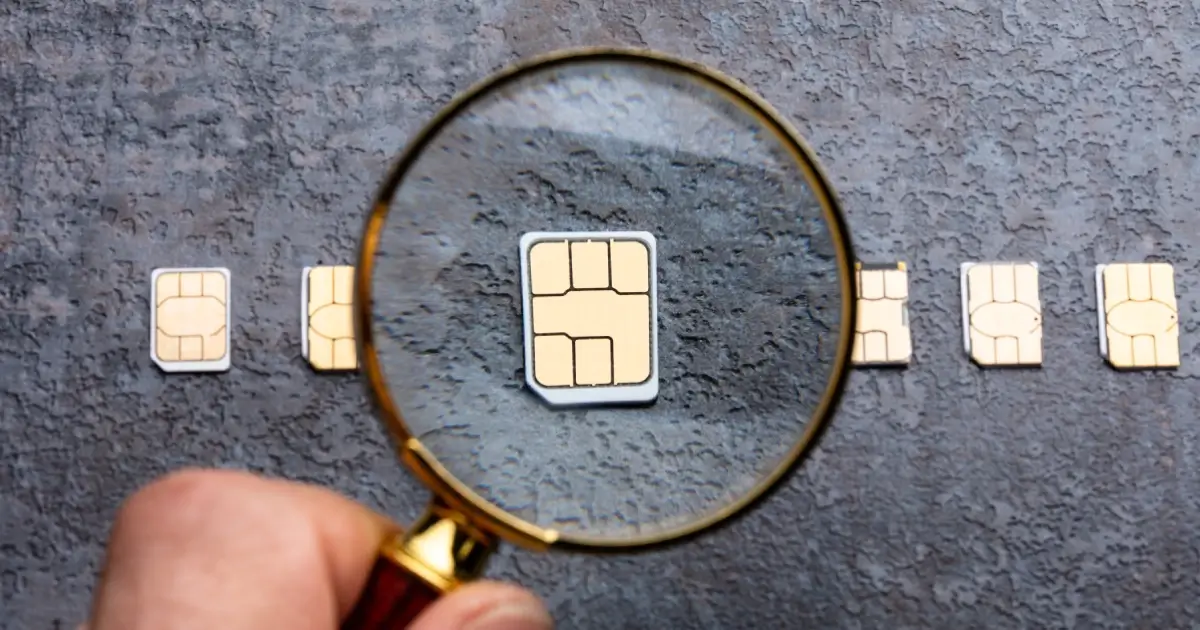Tablet computers have been around since the late 1980s, with the first commercially successful tablet, the GRiDPad 1900, released in 1989. In its first year, around 10,000 GRiDPad tablets were sold. When Apple released their first edition of the iPad in 2010, it became an instant success, selling half a million units in the first week of release. In the next 10 years, tablets became a commonplace technology for individual, company, and even government use. In the education world, tablets have become a valuable tool for students and teachers alike. While other mobile devices are also useful tools for the classroom and remote learning, tablets add a whole new level to the digital classroom and e-learning overall. Today, in the post-pandemic world, remote learning and the use of tablets in the classroom are an education standard. NUU Enterprise manufactures innovative custom hardware that can be tailored to fit any client’s needs, including tablets for use in education.
Tablets in Education
NUU’s Tab 10 is a 4G-LTE Android-powered device with complete customizability for a range of client needs. The healthcare, retail, education, and logistics industries all have uses for powerful tablets that can perform a variety of tasks and offer greater connectivity between parties. For education we can configure the Tab 10 into Kiosk Mode, which can be locked down to a specified set of apps, documents, and websites for students. The Tab 10 works with Verizon and T-Mobile networks in the United States.
Integration of Tablets in Education
When it comes to using tablets in education, their integration into the curriculum and classroom setting is a logical choice. Tablets offer a variety of advantages over relying on laptops alone. The use of tablets in the classroom provides clear advantages:
Portability
Tablets are lightweight and highly portable in a backpack or carrying case. They are easy to manage for charging and have user-friendly programs that even younger students can operate.
Connectivity
Some tablets have their own LTE connectivity, they aren’t dependent on Wi-Fi like laptops and other computers are. They also have Bluetooth, GPS, and hotspot technologies. This is true of NUU’s Tab 10 4G-LTE Android-powered device.
Updates
With a digital device like a tablet that is connected to the internet, accredited education resources, and other important information systems, students have access to the most accurate and current information. They no longer need to rely on heavy and expensive textbooks that may be outdated. Instead they can access the best and most current resources.
Storage
Our tablets have large storage systems with 3GB of RAM and 32GB of storage. We also have microSD chip external storage that can add up to 1TB of extra memory. These storage capabilities are equal to those of laptops.
Engagement with Tablets in Education
Tablets have better retention rates and engagement with students of all ages. Studies found that engagement rates with digital learning systems increased by around 18% compared to textbooks and other face-to-face tools. Additionally, online learning retention has shown to be about 25-60% compared to 8-10% for solely in-person education.
There are many reasons why tablets in education have become a standard technology. For more information about our devices in the classroom, fill out our contact form online today. Contact our technical support for device troubleshooting at (844) 688-3365 or [email protected].



